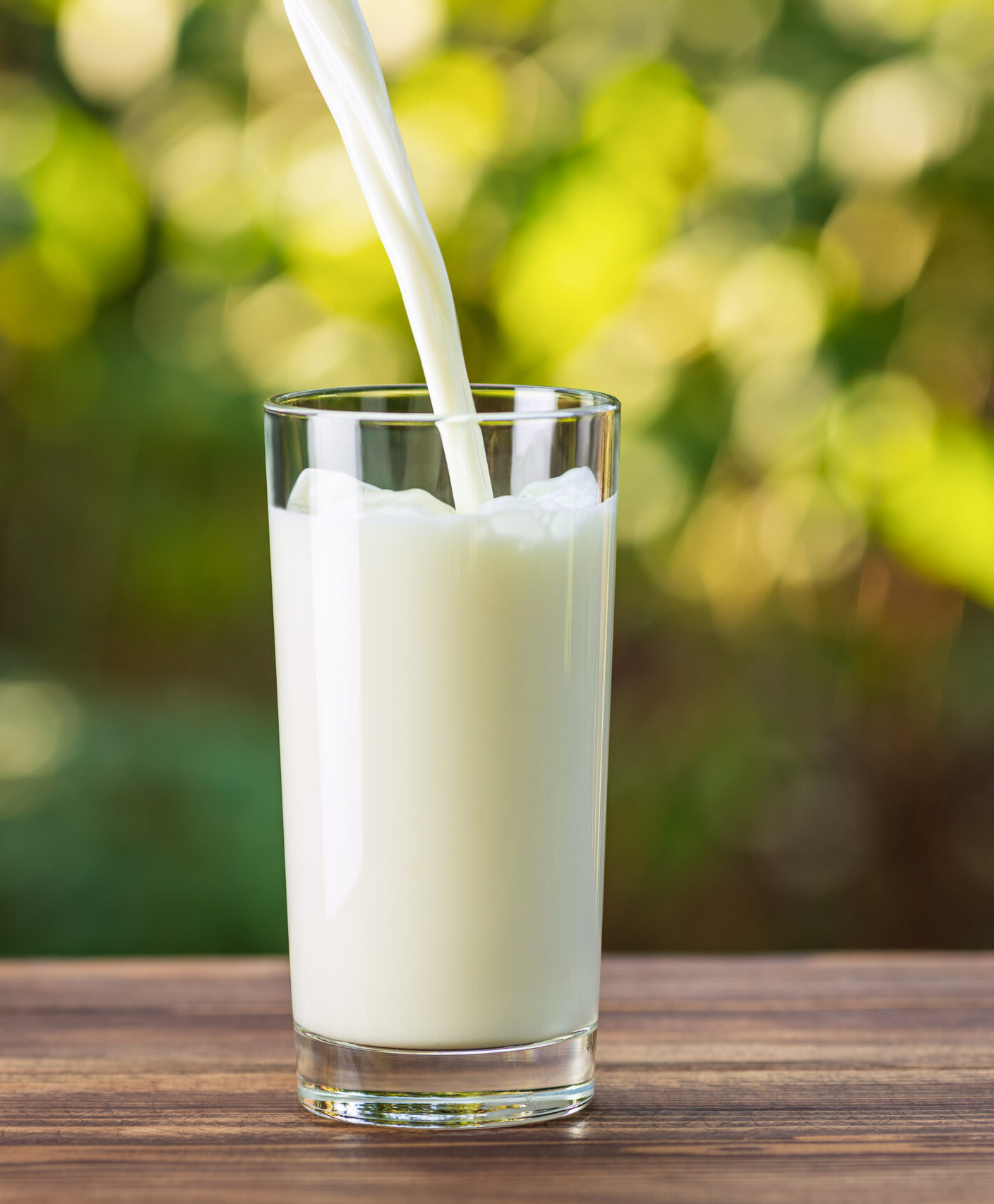Schools are increasingly playing a vital role in supporting the intake of nutrient-rich foods among Canadian children. Evidence from the 2015 Canadian Community Health Survey highlights that many children in Canada face the risk of insufficient food or specific nutrient intake [1]. However, kids who enjoy milk at school are more likely to meet their nutrient needs.
We know that families, caregivers, and teachers all have the best interests of children and youth at heart, especially when it comes to nutrition, and so do we! Serving milk and dairy products is a fantastic way to help nourish BC students and we’re here to support you in that goal.

Milk and dairy products are a natural source of high-quality protein and contain six out of the eight key nutrients currently lacking in Canadians’ diets. For Canadian children the most notable are calcium, magnesium, vitamin D and potassium [1]. These nutrients have been identified by the Canadian Pediatric Society as at risk for inadequate intake in children [2].
For children and youth, especially those in their peak bone-building years, nutrients like protein, calcium, vitamin D, and potassium are important for growth and development [3, 4, 5]. While these nutrients are found in other foods, dairy products make it practical and convenient to meet a variety of nutrient needs for growing children, with so many different options that taste great and fit into familiar food traditions.
Additional evidence shows milk and dairy products assist in the prevention of chronic diseases such as colon cancer, hypertension, type 2 diabetes, stroke and heart disease [6].
Dairy products have maintained their relevance in Canada’s food guide, playing a crucial role in fostering a healthy lifestyle. The release of the 2019 food guide sparked widespread discussions on dietary choices across the nation, with a common question arising: what’s the deal with milk and other dairy foods?
The commonly seen Food Guide Snapshot, often mistaken for the entire guide, doesn’t provide the complete story.
Let’s clear the air – Health Canada has made it abundantly clear, on multiple occasions, that milk and dairy products like milk, yogurt and cheese are still very much part of the food guide, and for good reasons!
Dairy products are not just nutritious powerhouses; they are also widely accessible, locally sourced, and convenient for Canadians. And for children, Health Canada specifically recommends incorporating foods rich in vitamin D daily [7].
In addition to being recommended as a healthy drink option, milk and dairy products are found in the protein category in Canada’s Food Guide [8,9].

"*" indicates required fields
In general, the guidelines suggest choosing foods that are high in essential nutrients like protein, vitamin D, and calcium while trying to moderate levels of sodium, sugar and fat. There are times where a well-received food like chocolate milk provides a high amount of essential nutrients while also having natural and added sugar.
Most Canadians, children and adolescents included, continue to fall short in eating the recommended amounts of key nutrients, such as calcium, vitamin D, and potassium [11]. Milk has a unique nutrient profile which can be difficult to replace in a healthy eating pattern, so providing different options that promote milk consumption can help close students’ nutrient gap [12, 13].
A study conducted in Saskatoon schools looked at the impact of removing chocolate milk from school milk programs. They found that total milk intake decreased when chocolate milk was removed from menus indicating that when chocolate milk is not an option, children do not choose to replace it with plain milk or other nutrient dense alternatives [14].
Drinking flavored milk is one option to help children meet key nutrients necessary for growth and development, especially calcium, vitamin D, potassium, and protein. Importantly, research has shown that kids who drink flavored milk consume more of these nutrients of concern compared to non-flavored milk drinkers [15].
Health Canada and the School Nutrition Guidelines suggest using fortified soy beverage instead of milk when there is an allergy or a dietary restriction. Other fortified plant-based beverages such as oat, almond, rice, and hemp beverages are low in protein and for this reason are not good substitutes for milk [10]. For students that are lactose intolerant a lactose free milk can be considered.
BC’s Feeding Futures program recommends following the Guidelines for Food & Beverage Sales in B.C. Schools when planning your menu for your district [10]. These guidelines were developed to help school meal coordinators support healthy eating at school and are based on Canada’s Food Guide.
It is also important to note that though these guidelines are recommended, they are voluntary. There are times when the guidelines won’t work for your school for a variety of reasons such as budget, student preference, dietary restrictions, or infrastructure limitations such as refrigeration. Making choices that fit for your district and students is important. The goal of school food programs is nourishment, not perfection.
If you have more questions about your school feeding program menu’s you can reach out to one of our registered dietitians, here.
"*" indicates required fields